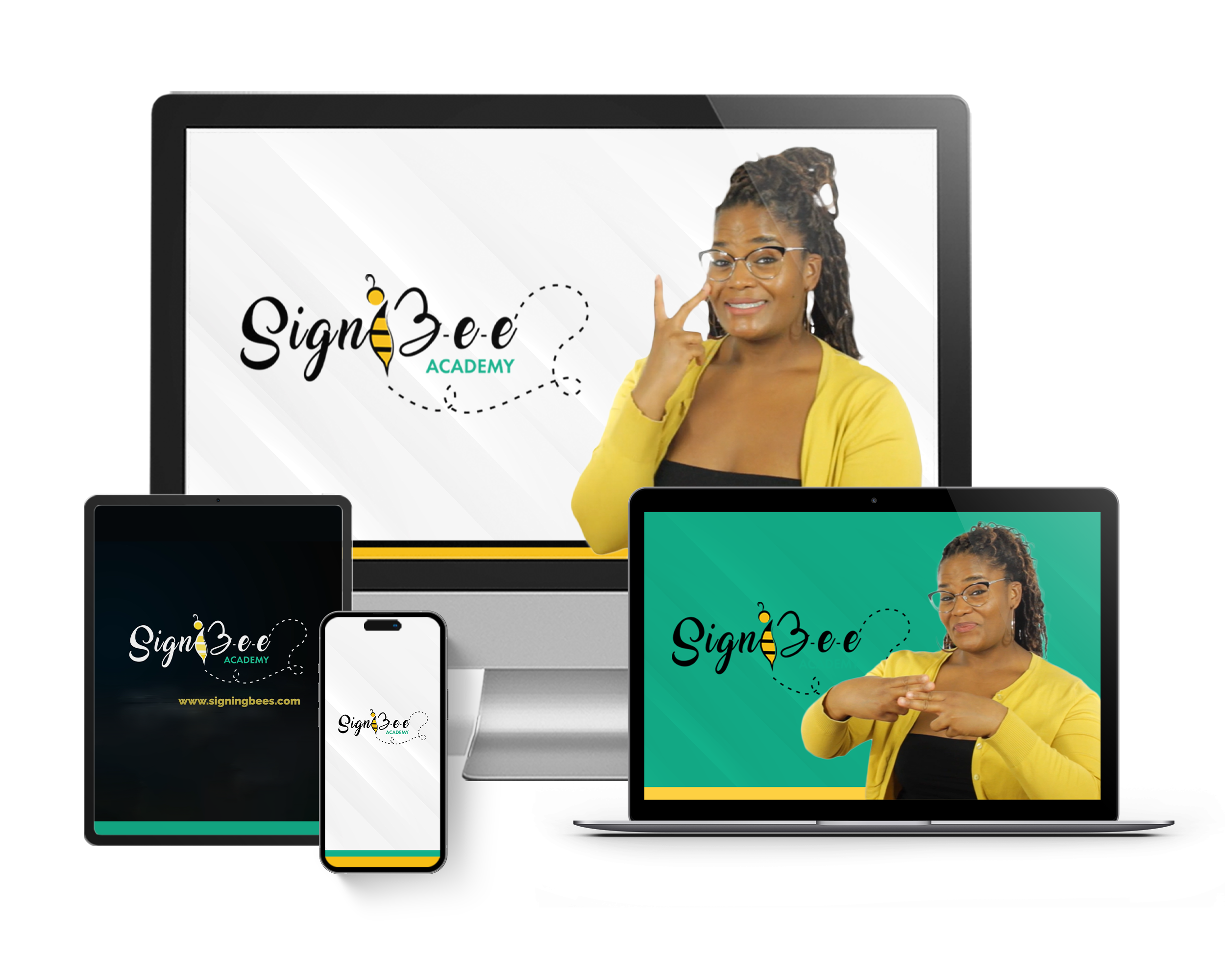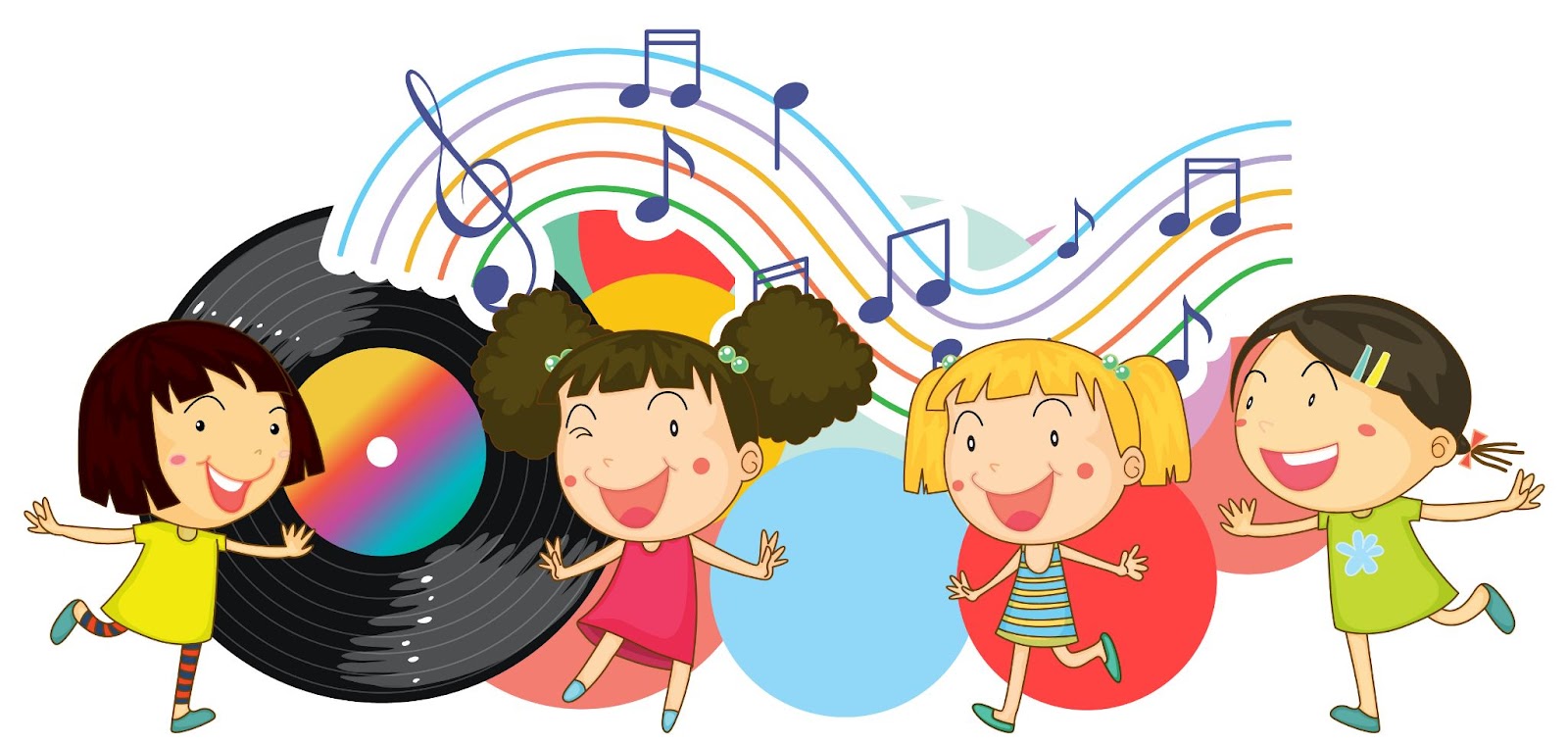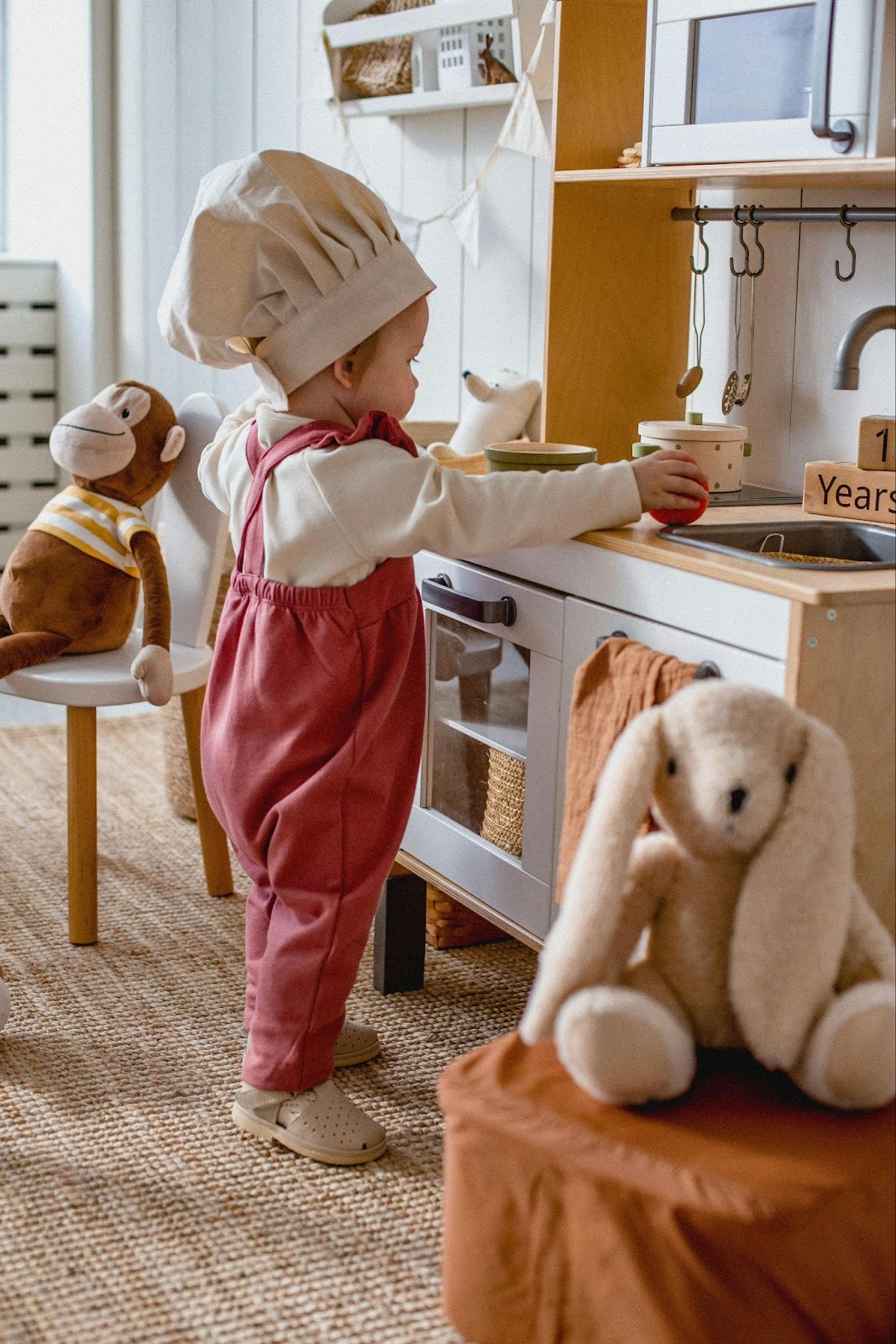Children are taught sign language through a variety of techniques, and music just so happens to be one of them. And that only goes to show that sign language is not just for the deaf or hard of hearing if music can be used to help learn ASL. Music is suggested as a tool to learn ASL because the melodies, words, and rhymes of music make it a favorite learning tool for children generally. Therefore, the purpose of this article is to explain how to use music as a tool to teach your child ASL.
The Value of Early ASL Education for Children
Young children don’t start to speak till they are between 10 and 12 months old. Rather than leave them unable to express what they feel, ASL serves as a useful tool for them to express their needs and react to the world around them. When ASL becomes one of a child’s first languages, it helps them develop close relationships and connections with the individuals they use the signs with.
As children learn to use ASL at an early age, they employ the right side of their brains, which is in charge of spatial and picture processing. This goes further to aid in the development of their logical thinking, allowing for improved academic performance. ASL is also a guaranteed way for your child to comprehend how any deaf community in their locality operates, whether they have any hearing impairment or not. Now that we’ve highlighted some reasons why your kid needs to learn ASL at an early age, let’s talk about one tool for doing so: music.
Music as a Learning Tool
Due to the positive effects that music has on the body and mind, it has become one of the tools used to teach children. Young children’s minds are not only made more receptive to sounds and their meanings through music, boosting listening skills but also music helps them read better because the repeated words in song lyrics are comprehended faster by their brains when these sounds are presented in written form.
Music serves as a mood enhancer, so children who often listen to music are more likely in a better mood than those who do not listen often. This is brought on by the calming qualities of particular songs. Sometimes the process of learning music strengthens the learner’s resilience, and resilience is a valuable lesson that children should learn that will help them succeed.
Music aids with memory development, which is a key reason why rhymes and songs are used to teach young children. Older kids discover that music is a means for them to express themselves, through this ability to express themselves, they can focus sufficiently to learn well.
Using Music to Teach Children ASL
Here are some ways to use music to learn American Sign Language (ASL):
Expose Your Child to Varieties of Songs:
Exposing your child to various musical genres is the first step in using music to teach ASL to children. Let them choose which genre of music they prefer. When you do this, especially with older children, it shows you appreciate their preferences, and they will be willing to use these preferred songs to learn ASL rather than what you decide.
Don’t Choose Songs Randomly:
Going beyond genre, everyone, including children, has a favorite song. So, rather than choosing any song in a particular genre to help your child learn ASL, pay attention to the song or set of songs that the child enjoys and start there. This is advised because it is possible for your child to quickly transfer their love for these songs to learning sign language.
Audios and Videos:
Whenever possible, use the audio and video versions of the selected songs, and then give the children as many opportunities to view the songs because ASL is a visual language. The videos are especially helpful for children with hearing impairments.
Sign the Lyrics Gradually:
It is always best to have simple songs so that the lyrics of the songs are taken bit by bit and signed gradually. In cases with longer lyrics, the lyrics can be broken down into shorter parts.
It Helps to Dance Along:
Each song has its distinctive dance moves. For kids, especially those who enjoy dancing, it will be good to include dancing as they learn to sign. The entire learning process becomes more enjoyable, and knowing that this is one of the reasons why music is being used to learn, shows how effective this will be.
Group Learning and Signing:
Another way to utilize the tool of music in learning ASL is to teach the children in groups. Sometimes, learning in groups helps children learn faster because of the livelier atmosphere that is created compared to when the child learns alone. Also, group learning can serve as a support system for children, especially for those who are not particularly interested in learning ASL or are struggling with understanding it after several attempts.
Make Use of Customized Songs:
What if your child enjoys writing songs in addition to singing? Well, you can make that child compose small songs about the subject you are about to teach them in ASL. It will help them learn the language because their interest has been spiked through their love for songwriting. This is more helpful for older kids. For instance, you might want to make them practice signing several social greetings. Have them compose a song about these social greetings, and guide them to sign it. This will help to foster their creative abilities.
Conclusion:
To teach your child sign language using music, you don’t need to be musically talented. Making sure your child learns ASL is a very bold move in itself. You must be careful though, to be patient with your child as you keep in mind that learning anything usually takes time, regardless of whether you utilize the customized songs, group lessons, dancing techniques, or any other approach we’ve covered in this article.
Check out my various ASL learning courses at SignBee Academy.
Thumbnail Photo Credit to: Image by brgfx on Freepik





